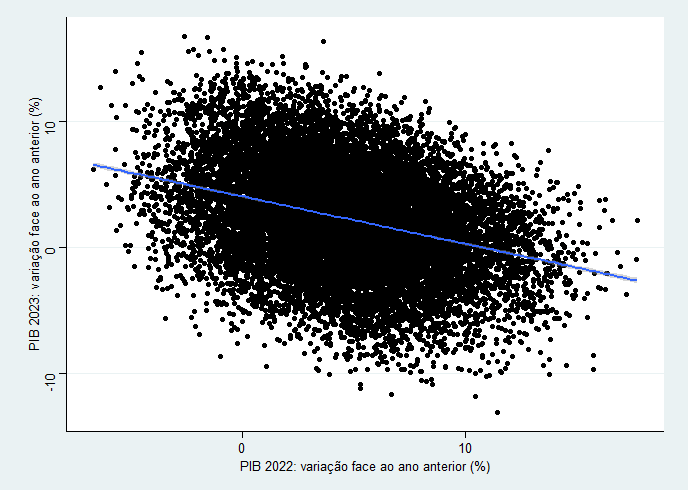
Since 2013, I have been working as Senior Economist at Católica Lisbon Forecasting Lab – NECEP with Professor João Borges de Assunção from CATÓLICA-LISBON.
Founded in 2005, NECEP is a small research group, integrated in the Applied Research & Consulting Centre (CEA) of CATÓLICA-LISBON, which tracks the short-term behavior of the Portuguese economy. It is an independent entity that, among other activities, discloses quarterly and medium-term forecasts on the Portuguese GDP growth, inflation and unemployment rate, producing a quarterly newsletter. It also produces thematic reports, namely, about the Portuguese Budgetary Plan and specific forecasts, namely, of traffic on highways (for BRISA) or cement sales (for SECIL).
Besides, NECEP is being developed an original research in forecasting and predictive analytics, supported by funding schemes for R&D projects and centres evaluated by FCT, namely, the Católica Lisbon Research Unit in Business & Economics – CUBE (UID/GES/00407/2020).
The recent working paper “Nowcasting the Portuguese GDP with Monthly Data” (arXiv:2206.06823) describes in detail the NECEP’s traditional method to forecast the Portuguese GDP in each current quarter, which combines bridge equations of the real GDP growth on readily available monthly data (Economic Sentiment Indicator, industrial production index, cement sales, exports and imports, etc.) with forecasts for the jagged missing values, computed with the Hodrick and Prescott (HP) filter. As shown, this simple multivariate approach can perform as well as the Targeted Diffusion Index (TDI) model (from Banco de Portugal) and slightly better than the well-known Theta method, used by UBER. During the COVID-19 pandemic, we developed a different and very effective nowcasting method, based on differences to 2019 levels, instead of quarter over quarter changes, that will be the object of a following article.
Another paper, called “Robust Filtering with Quantile Regression” (NECEP Research Paper 2-2022), proposes a new method to compute the Mosheiov-Raveh (MR) median filter, which uses least absolute deviations (LAD) instead of the linear program suggested by these two authors. The research paper is embodied with an implementation in R programming language, which facilitates the computation of the MR filter in current applications, namely, to produce a robust estimate of the GDP trend growth in a context of structural changes like the ones that occurred since 2020. This paper may result in another article for publishing, namely, when combined with the results of the NECEP Research Paper 1-2007, “A Robust Estimation of the Portuguese Real Business Cycles”.
This new method to compute the MR filter is part of a small library of recursive methods in R (librec). Developed since 2019, this library solves sequential problems that can be represented by first-order stochastic linear difference equations and Bellman functional equations. The functions provided by librec were fundamental to anticipate the evolution of the Portuguese economy during the COVID-19 pandemic, namely, to compute a fast indicator of economic activity from weekly data or to implement a state-space model with Markov stochastic perturbations to forecast the GDP growth till 2023. In order to deal with the great uncertainty of those days, thousands of simulations were performed using several combinations of parameters (potential growth and cyclical recovery velocity) and transition probabilities between states of lockdown and recovery, as suggested by the figure above.
The visible result of this approach was the international award obtained by Universidade Católica Portuguesa (through NECEP) as the Best GDP Forecaster – Portugal 2020, repeating the distinction gave by FocusEconomics (Barcelona, Spain) in 2018.
